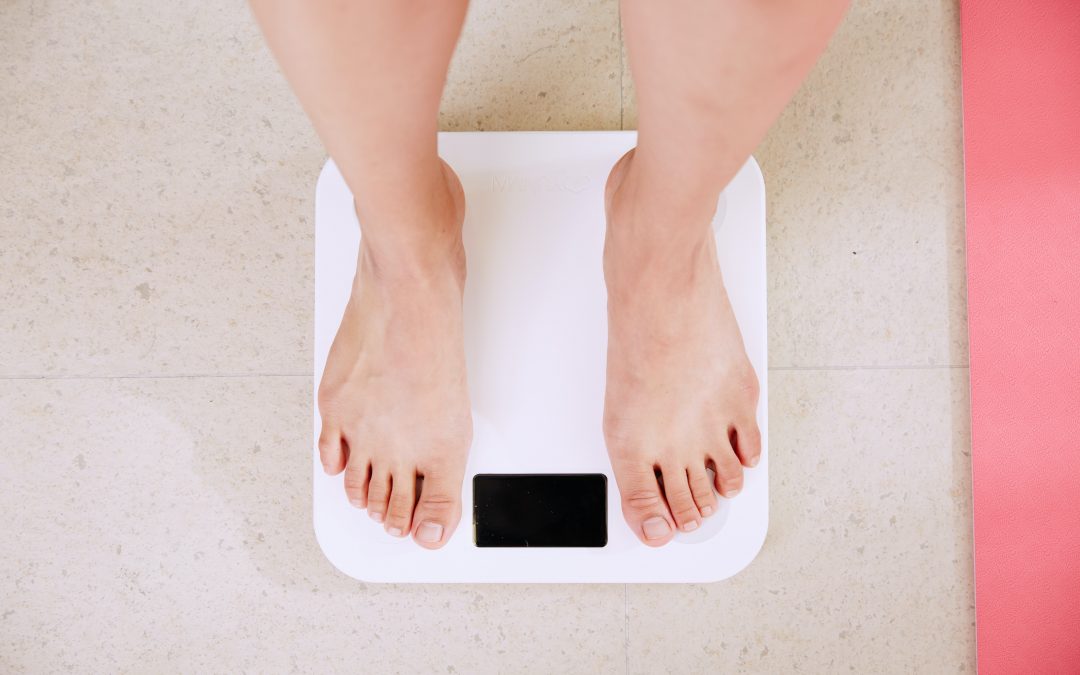Weightlifting includes using devices that allows variable resistance. This resistance can come in the type of “free weights” like barbells and dumbbells, machines that use cables or wheels to help you raise the weight and bodyweight workouts like pull-ups or dips.
Free Weights vs. Machines vs. Bodyweight Exercises
For optimum muscle gain, the focus of your exercises ought to consist of weight exercises. Not devices or bodyweight exercises. This is not to say that you must not use makers or bodyweight exercises, but they ought to not be the focus of your training. To get a reliable, muscle blasting workout, you need to stimulate the most muscle fibers as possible, and devices do refrain from doing this.
The main factor for this is a lack of stabilizer and synergist muscle development. Stabilizer and synergist muscles are supporting muscles that help the main muscle in performing a complicated lift. The more stabilizers and synergists worked, the more muscle fibers promoted. Multi-jointed free weight workouts like the bench press, need lots of stabilizer and synergistic muscle assistance to complete the lift. On the other hand doing a bench press using a maker will require practically no stabilizer help.
Given that makers are locked into a particular series of motion and assistance to support the weight along that course, they fail to promote the muscles that surround the location you are working (stabilizers). This is a mistake. If your stabilizer muscles are weak, then the major muscle group will never grow!
Weight workouts like the dumbbell press or squat, for example, put a huge quantity of tension on supporting muscle groups. That's why you will get tired out quicker and not be able to lift as much weight as you did on the maker. You will get more muscle, end up being more powerful extremely rapidly and have a real gauge of your strength.
They should be used to work separated areas and only after all multi-jointed exercises have been completed if you utilize devices in your program.
Novices must begin with a minimal combination of maker workouts, bodyweight workouts and mult-jointed weight exercises. Before increasing the weight levels, they need to work on ending up being knowledgeable about the appropriate type and execution of each. Quickly, bodyweight exercises will end up being insufficient to stimulate development and they will need to concentrate on more free weight workouts.
Multi-Jointed Exercises
The exercises that work the big muscle groups are called substance (or multi-joint) motions that involve the synchronised stimuation of lots of muscle groups. Since they stimulate the most amount of muscle in the least amount of time, these compound exercises should be the foundation of any weight training program.
Here are the standard motions:
* Bench Presses (works the chest, shoulders, tricep).
* Overhead Presses (shoulders, tricep).
* Pull-ups/Barbell Rows (back, bicep).
* Squats (legs, lower back).
* Deadlifts (legs, back, shoulders).
* Bar Dips (shoulders, chest, arms).
I can not overstate the importance of these exercises. Do not begin a sophisticated weightlifting program without them!
They will overload your entire skeletal and muscular system like no device could ever do, giving you and effective workout in an extremely brief time period. Do these if you can just do a few workouts. They have actually been shown (and not just by me) to motivate muscle and strength gain unlike any other exercises.
Raise Heavy Weight.
To think about a weight heavy, you should just be able to do a maximum of 8-12 associates before your muscles momentarily fail. A weight is considered “light” if you can do more than 15 associates before muscle fatigue sets in.
Heavy weights stimulate more muscle fibers than lighter weights. It's that simple. More muscle stimulation means more muscle development.
Do not Overtrain.
Heavy weightlifting puts a substantial pressure on your body, so sufficient rest and recuperation after your exercises is necessary. If you are vulnerable to train too often, several things occur:.
You don't provide your muscles adequate time to recuperate between workouts. If your muscles have not repaired themselves, you will not be at optimal strength for your next workout.
I only weight train 3 times per week, that's all. Any longer than that and I would not provide my body sufficient time to repair and construct brand-new muscle.
Contrary to popular belief, you do not grow while working out, you just grow when you are resting.
Below is an example mass exercise. I did 4 heavy sets for 4-8 reps each.
Wednesday (legs, abs).
* Heavy Squats, leg extension superset.
* Seated Calve Raises, 4 strips sets.
* Crunches (4 sets of 20).
——-.
Friday (chest, shoulder, triceps, abs).
* Flat bench press, slope dumbbell flyes superset.
* Shoulder press, side raises superset.
* Tricep pushdowns.
* Reverse incline leg raises (3 sets of 20).
——.
Sunday (back, biceps, abs).
* Wide grip pull-ups, latbar pulldown superset.
* EZ bar bicep curl, incline dumbbell curls superset.
* Crunches (4 sets of 20).
Nothing fancy, but efficient.
To get an efficient, muscle blasting exercise, you must promote the most muscle fibers as possible, and machines do not do this.
Stabilizer and synergist muscles are supporting muscles that assist the main muscle in carrying out a complex lift. If your stabilizer muscles are weak, then the significant muscle group will never ever grow!
Heavy weights stimulate more muscle fibers than lighter weights. More muscle stimulation means more muscle growth.

